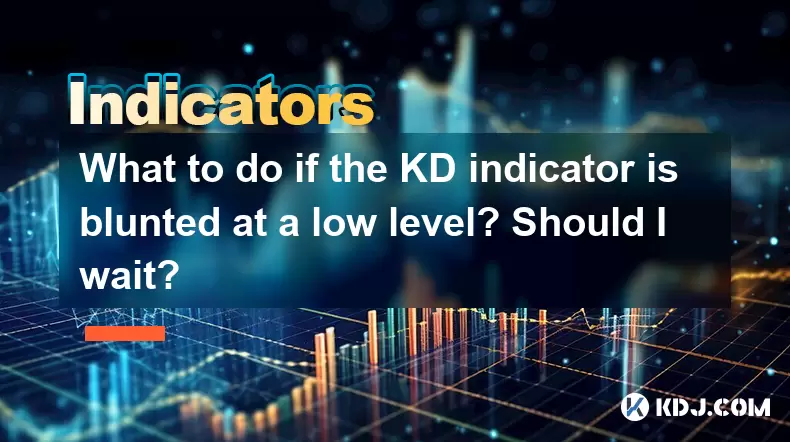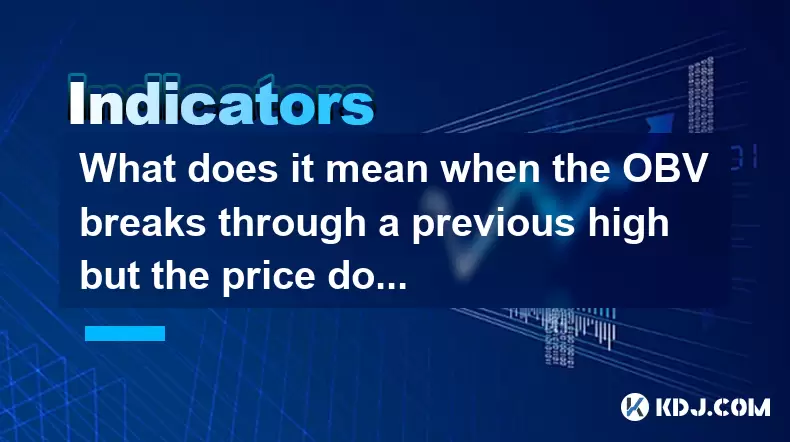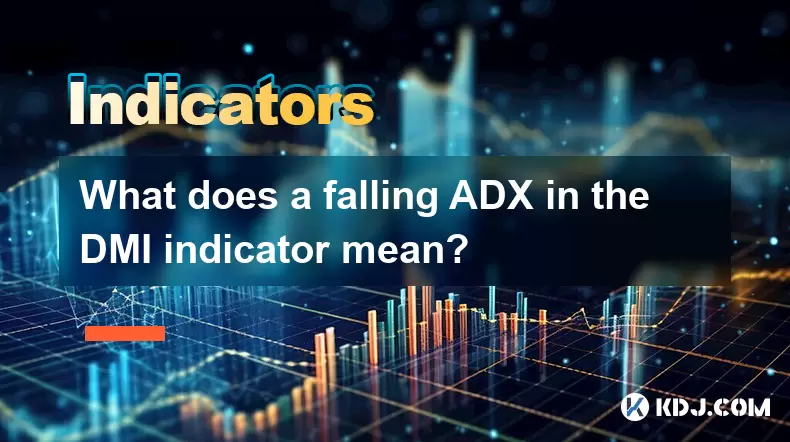-
 Bitcoin
Bitcoin $116700
0.24% -
 Ethereum
Ethereum $3973
4.34% -
 XRP
XRP $3.283
7.68% -
 Tether USDt
Tether USDt $1.000
0.01% -
 BNB
BNB $789.8
2.27% -
 Solana
Solana $176.2
3.31% -
 USDC
USDC $0.9999
0.00% -
 Dogecoin
Dogecoin $0.2238
5.14% -
 TRON
TRON $0.3389
-0.51% -
 Cardano
Cardano $0.7907
4.03% -
 Stellar
Stellar $0.4527
10.02% -
 Hyperliquid
Hyperliquid $41.07
4.27% -
 Sui
Sui $3.794
1.77% -
 Chainlink
Chainlink $19.49
10.40% -
 Bitcoin Cash
Bitcoin Cash $580.9
0.74% -
 Hedera
Hedera $0.2617
4.32% -
 Avalanche
Avalanche $23.41
3.67% -
 Ethena USDe
Ethena USDe $1.001
-0.03% -
 Litecoin
Litecoin $122.4
1.38% -
 Toncoin
Toncoin $3.364
1.49% -
 UNUS SED LEO
UNUS SED LEO $8.988
0.37% -
 Shiba Inu
Shiba Inu $0.00001295
2.82% -
 Uniswap
Uniswap $10.62
5.75% -
 Polkadot
Polkadot $3.922
4.46% -
 Dai
Dai $1.000
0.01% -
 Bitget Token
Bitget Token $4.494
2.15% -
 Monero
Monero $268.0
-1.30% -
 Cronos
Cronos $0.1523
3.68% -
 Pepe
Pepe $0.00001127
4.43% -
 Aave
Aave $285.4
4.85%
What to do if the KD indicator is blunted at a low level? Should I wait?
When the KD indicator is blunted at a low level, consider the overall trend, volume, and other indicators before deciding to wait or act.
Jun 01, 2025 at 10:36 pm

When dealing with the KD (or Stochastic) indicator in the realm of cryptocurrency trading, encountering a situation where the indicator appears blunted at a low level can be both intriguing and challenging. The KD indicator is used to predict price turning points by comparing the closing price of a cryptocurrency to its price range over a certain period of time. When the KD indicator appears blunted, it suggests that the momentum of the price movement might be weakening, which could signal a potential reversal or a continuation of the current trend. This article will explore what to do when the KD indicator is blunted at a low level and whether waiting is the best strategy.
Understanding the KD Indicator
The KD indicator, also known as the Stochastic Oscillator, is a momentum indicator that compares the closing price of a security to its price range over a specific period. The indicator consists of two lines: the %K line, which is the main line, and the %D line, which is a moving average of the %K line. The values of the KD indicator range between 0 and 100, with readings above 80 indicating that the cryptocurrency might be overbought, and readings below 20 suggesting that it might be oversold.
When the KD indicator is blunted at a low level, it means that the %K and %D lines have flattened out near the lower end of the scale, around or below the 20 mark. This flattening can indicate that the downward momentum is losing steam, which might suggest an impending reversal to the upside or a period of consolidation.
Analyzing a Blunted KD Indicator at a Low Level
When the KD indicator becomes blunted at a low level, it's essential to consider several factors before making a trading decision.
First, assess the overall trend of the cryptocurrency. If the broader trend is bearish, a blunted KD indicator at a low level might simply indicate a temporary pause in the downward movement rather than a reversal. Conversely, if the trend is bullish, a blunted KD indicator could be a sign that the market is gearing up for a potential upward move.
Second, consider the volume accompanying the blunted KD indicator. If trading volume is high, it could indicate strong interest at these levels, possibly foreshadowing a reversal. However, if volume is low, the blunted KD might suggest a lack of conviction in the market, potentially leading to a continued downtrend.
Third, look for confirmation from other technical indicators. For example, if the Relative Strength Index (RSI) also shows signs of being oversold and starts to turn upwards, it could reinforce the notion of an impending reversal. Similarly, if other momentum indicators like the Moving Average Convergence Divergence (MACD) show bullish divergence, it might support a decision to enter a long position.
Should You Wait?
The decision to wait when the KD indicator is blunted at a low level depends on your trading strategy and risk tolerance. Here are some considerations:
If you are a short-term trader, waiting might be a viable strategy. You could set a watch on the KD indicator to see if it starts to rise, indicating potential upward momentum. Additionally, you could set price alerts at key support and resistance levels to help you make a timely entry.
If you are a long-term investor, waiting might not be as critical. Long-term investors often focus on the broader trend and fundamental analysis rather than short-term technical indicators. However, if the blunted KD indicator aligns with other bullish signals, it might be an opportune time to accumulate more of the cryptocurrency at a potentially lower price.
Practical Steps to Take
If you decide to take action based on a blunted KD indicator at a low level, here are some practical steps you can follow:
- Monitor the KD indicator closely: Keep an eye on the %K and %D lines to see if they start to rise, indicating potential upward momentum.
- Set price alerts: Use your trading platform to set alerts at key support and resistance levels. This can help you make a timely entry if the price starts to move in your favor.
- Use other indicators for confirmation: Look at other momentum indicators like the RSI and MACD to see if they also suggest a potential reversal.
- Consider the broader market context: Take into account the overall trend and market sentiment. If the broader market is bearish, a blunted KD indicator might not be as reliable.
- Assess your risk tolerance: Determine how much risk you are willing to take. If you are risk-averse, you might want to wait for more confirmation before entering a trade.
Trading Strategies Based on a Blunted KD Indicator
Several trading strategies can be employed when the KD indicator is blunted at a low level:
One strategy is to wait for a bullish crossover. This occurs when the %K line crosses above the %D line while both are still in the oversold territory. This can be a signal to enter a long position, as it suggests that upward momentum is building.
Another strategy is to use the blunted KD indicator as a signal to buy on dips. If the broader trend is bullish, and the KD indicator is blunted at a low level, it might be an opportunity to buy the cryptocurrency at a lower price, anticipating a continuation of the uptrend.
A third strategy is to combine the KD indicator with other technical analysis tools. For example, you could use the KD indicator in conjunction with trend lines or chart patterns to identify potential entry and exit points. If the KD indicator is blunted at a low level near a key support level, it might reinforce the case for a long position.
Risk Management When Trading with a Blunted KD Indicator
Risk management is crucial when trading based on any technical indicator, including the KD indicator. Here are some risk management strategies to consider:
- Set stop-loss orders: Always set a stop-loss order to limit potential losses. If the price moves against your position, the stop-loss order can help you exit the trade before losses become too significant.
- Position sizing: Determine the appropriate size of your position based on your overall portfolio and risk tolerance. Never risk more than you can afford to lose on a single trade.
- Diversify your portfolio: Don't put all your eggs in one basket. Diversify your investments across different cryptocurrencies and asset classes to spread risk.
- Regularly review your trades: Continuously monitor and review your trades to learn from your successes and mistakes. Adjust your trading strategy as needed based on your performance.
Frequently Asked Questions
Q: Can the KD indicator be used effectively in all market conditions?
A: The KD indicator can be useful in various market conditions, but its effectiveness can vary. In trending markets, the KD indicator can help identify potential entry and exit points, especially when combined with other technical indicators. However, in choppy or sideways markets, the KD indicator might generate more false signals, so it's important to use it in conjunction with other tools and consider the broader market context.
Q: How often should I check the KD indicator when it's blunted at a low level?
A: The frequency with which you should check the KD indicator depends on your trading style. If you are a day trader, you might want to check it multiple times throughout the day. For swing traders or longer-term investors, checking the KD indicator once a day or even less frequently might be sufficient. Always consider the broader market context and other technical indicators when making trading decisions.
Q: Is it possible to use the KD indicator on different timeframes?
A: Yes, the KD indicator can be used on various timeframes, from short-term charts like 1-minute or 5-minute charts to longer-term charts like daily or weekly charts. The choice of timeframe depends on your trading strategy. Short-term traders might focus on shorter timeframes to capture quick price movements, while long-term investors might use longer timeframes to identify broader trends.
Q: What other indicators work well with the KD indicator?
A: Several other indicators can complement the KD indicator effectively. The Relative Strength Index (RSI) is often used alongside the KD indicator to confirm overbought or oversold conditions. The Moving Average Convergence Divergence (MACD) can help identify potential trend changes and momentum shifts. Additionally, trend lines and chart patterns can provide further context and help identify key support and resistance levels.
Disclaimer:info@kdj.com
The information provided is not trading advice. kdj.com does not assume any responsibility for any investments made based on the information provided in this article. Cryptocurrencies are highly volatile and it is highly recommended that you invest with caution after thorough research!
If you believe that the content used on this website infringes your copyright, please contact us immediately (info@kdj.com) and we will delete it promptly.
- Coinbase, Cosmos, and dYdX: Navigating the Crypto Currents
- 2025-08-09 06:30:16
- BNB Price, Altcoins, and Predictions: What's the Buzz?
- 2025-08-09 06:30:16
- Crypto Presale Projects Primed for Gains in 2025: A New Yorker's Take
- 2025-08-09 06:50:15
- Ruvi AI: The Millionaire Maker Poised for a Price Spike?
- 2025-08-09 06:50:15
- Cold Wallet, CoinMarketCap, Cardano & XRP: Navigating Crypto's Next Big Wave
- 2025-08-09 07:10:15
- Hedera (HBAR) Price Surge: Market Cap Soars, What's Next?
- 2025-08-09 07:10:15
Related knowledge

When the J line in the KDJ indicator suddenly turns downward after being continuously overbought, does it indicate a top?
Aug 09,2025 at 06:35am
Understanding the KDJ Indicator and Its ComponentsThe KDJ indicator is a momentum oscillator widely used in cryptocurrency technical analysis to ident...

What does it mean when the TRIX indicator suddenly diverges downward after a long period of convergence?
Aug 09,2025 at 12:56am
Understanding the TRIX Indicator in Cryptocurrency TradingThe TRIX indicator, or Triple Exponential Average, is a momentum oscillator used in technica...

What does it mean when the OBV breaks through a previous high but the price doesn't reach a new high?
Aug 09,2025 at 07:57am
Understanding the On-Balance Volume (OBV) IndicatorThe On-Balance Volume (OBV) is a technical analysis indicator that uses volume flow to predict chan...

Why is the rise limited after a MACD bottoming divergence?
Aug 09,2025 at 12:07am
Understanding MACD Bottoming Divergence in Cryptocurrency TradingThe MACD (Moving Average Convergence Divergence) is a widely used technical indicator...

What does it mean when the OBV continues to rise but the price is trading sideways?
Aug 08,2025 at 10:35pm
Understanding On-Balance Volume (OBV)On-Balance Volume (OBV) is a technical indicator that uses volume flow to predict changes in stock or cryptocurre...

What does a falling ADX in the DMI indicator mean?
Aug 09,2025 at 03:16am
Understanding the ADX and DMI Indicator FrameworkThe DMI (Directional Movement Index) is a technical analysis tool developed by J. Welles Wilder to id...

When the J line in the KDJ indicator suddenly turns downward after being continuously overbought, does it indicate a top?
Aug 09,2025 at 06:35am
Understanding the KDJ Indicator and Its ComponentsThe KDJ indicator is a momentum oscillator widely used in cryptocurrency technical analysis to ident...

What does it mean when the TRIX indicator suddenly diverges downward after a long period of convergence?
Aug 09,2025 at 12:56am
Understanding the TRIX Indicator in Cryptocurrency TradingThe TRIX indicator, or Triple Exponential Average, is a momentum oscillator used in technica...

What does it mean when the OBV breaks through a previous high but the price doesn't reach a new high?
Aug 09,2025 at 07:57am
Understanding the On-Balance Volume (OBV) IndicatorThe On-Balance Volume (OBV) is a technical analysis indicator that uses volume flow to predict chan...

Why is the rise limited after a MACD bottoming divergence?
Aug 09,2025 at 12:07am
Understanding MACD Bottoming Divergence in Cryptocurrency TradingThe MACD (Moving Average Convergence Divergence) is a widely used technical indicator...

What does it mean when the OBV continues to rise but the price is trading sideways?
Aug 08,2025 at 10:35pm
Understanding On-Balance Volume (OBV)On-Balance Volume (OBV) is a technical indicator that uses volume flow to predict changes in stock or cryptocurre...

What does a falling ADX in the DMI indicator mean?
Aug 09,2025 at 03:16am
Understanding the ADX and DMI Indicator FrameworkThe DMI (Directional Movement Index) is a technical analysis tool developed by J. Welles Wilder to id...
See all articles

























































































